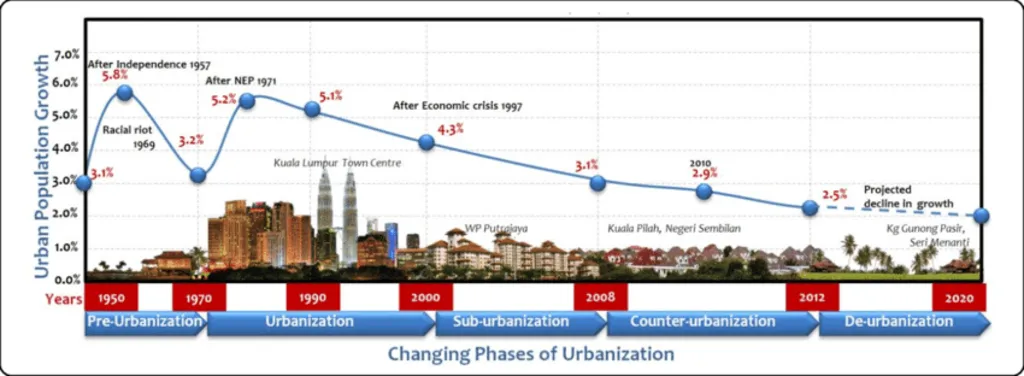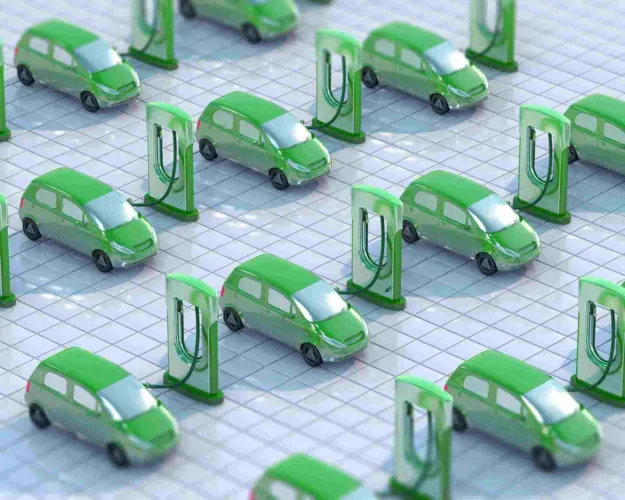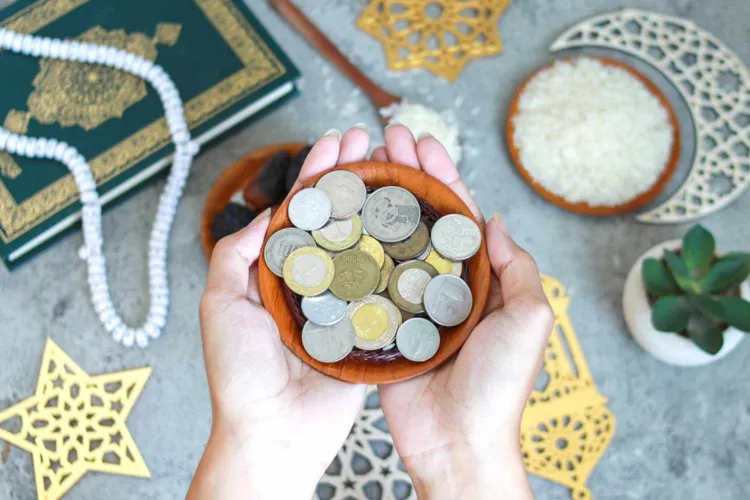Malaysia is undergoing rapid urban transformation. As cities expand, urban renewal projects are playing a crucial role in ensuring sustainable growth, improving infrastructure, and enhancing quality of life. These initiatives focus on rejuvenating old urban areas to support economic progress and address housing and transportation challenges. Let’s see how the country is approaching Malaysia Urban Renewal Projects below!
The Importance of Malaysia Urban Renewal Projects

By 2040, Malaysia’s urban population is expected to reach 85%. With land resources becoming scarce, urban renewal is essential for sustainable development. Major cities like Kuala Lumpur, Georgetown, and Johor Bahru already house 70% of the country’s population, making them key drivers of Malaysia’s economic growth under the New Economic Model (NEM).
However, urbanization comes with challenges. Kuala Lumpur’s transport costs are 50% higher than those in Hong Kong, and many areas suffer from low economic density. These issues highlight the need for efficient urban renewal strategies that promote accessibility, affordability, and economic vitality.
Read Also: Malaysia Urbanization Growth and Trends: Cities on the Rise
Successful Malaysia Urban Renewal Projects
KL Eco City: A Modern Transformation
One of Malaysia’s most successful urban renewal projects is KL Eco City in Klang Valley. This initiative transformed underutilized areas, improved infrastructure, and addressed housing shortages. It also resolved social challenges, such as squatter settlements, demonstrating how urban renewal can enhance both cityscapes and living conditions.
Georgetown: A UNESCO Heritage Success Story
In Penang, urban renewal efforts in Georgetown focused on preserving its rich cultural heritage while revitalizing its economy. Historic buildings were restored, cultural events flourished, and tourism experienced a major boost. These efforts not only maintained the city’s historic charm but also provided economic opportunities for local businesses.
Read Also: Smart City Projects Malaysia Shaping Urban Lifestyle
Iskandar Malaysia: A Booming Economic Hub
The Iskandar Malaysia development project has significantly contributed to job creation and economic expansion. Between 2007 and 2012, this initiative generated 554,796 jobs. Urban regeneration also led to a 45-160% increase in residential and commercial property prices, demonstrating the positive financial impact of strategic urban development.
Addressing Urban Challenges Through Renewal
Bukit Bintang: From Congestion to Commercial Hub
Bukit Bintang, one of Kuala Lumpur’s busiest areas, underwent renewal to ease congestion while preserving its historical significance. The result is a thriving commercial district that blends modern infrastructure with cultural heritage, attracting both locals and tourists.
The Proposed Urban Renewal Act
To ensure long-term success, the Malaysian government is working on an Urban Renewal Act, expected to be introduced by 2026. This legislation aims to streamline redevelopment efforts, making urban renewal more efficient and beneficial for communities.
Environmental and Sustainability Benefits
Urban renewal in Malaysia also supports sustainability. Many projects focus on reusing old building structures and preserving historic precincts, reducing waste and contributing to eco-friendly development.
Read Also: The Growing Need for Malaysia Green Building Certifications
The Future of Malaysia Urban Renewal Projects and Efforts
With 85% urbanization projected by 2040 and continued economic reliance on cities, Malaysia Urban Renewal Projects will remain crucial. These efforts not only address infrastructural and economic challenges but also improve the overall quality of life. By blending historical preservation with modern development, Malaysia is setting a strong foundation for sustainable urban growth.






